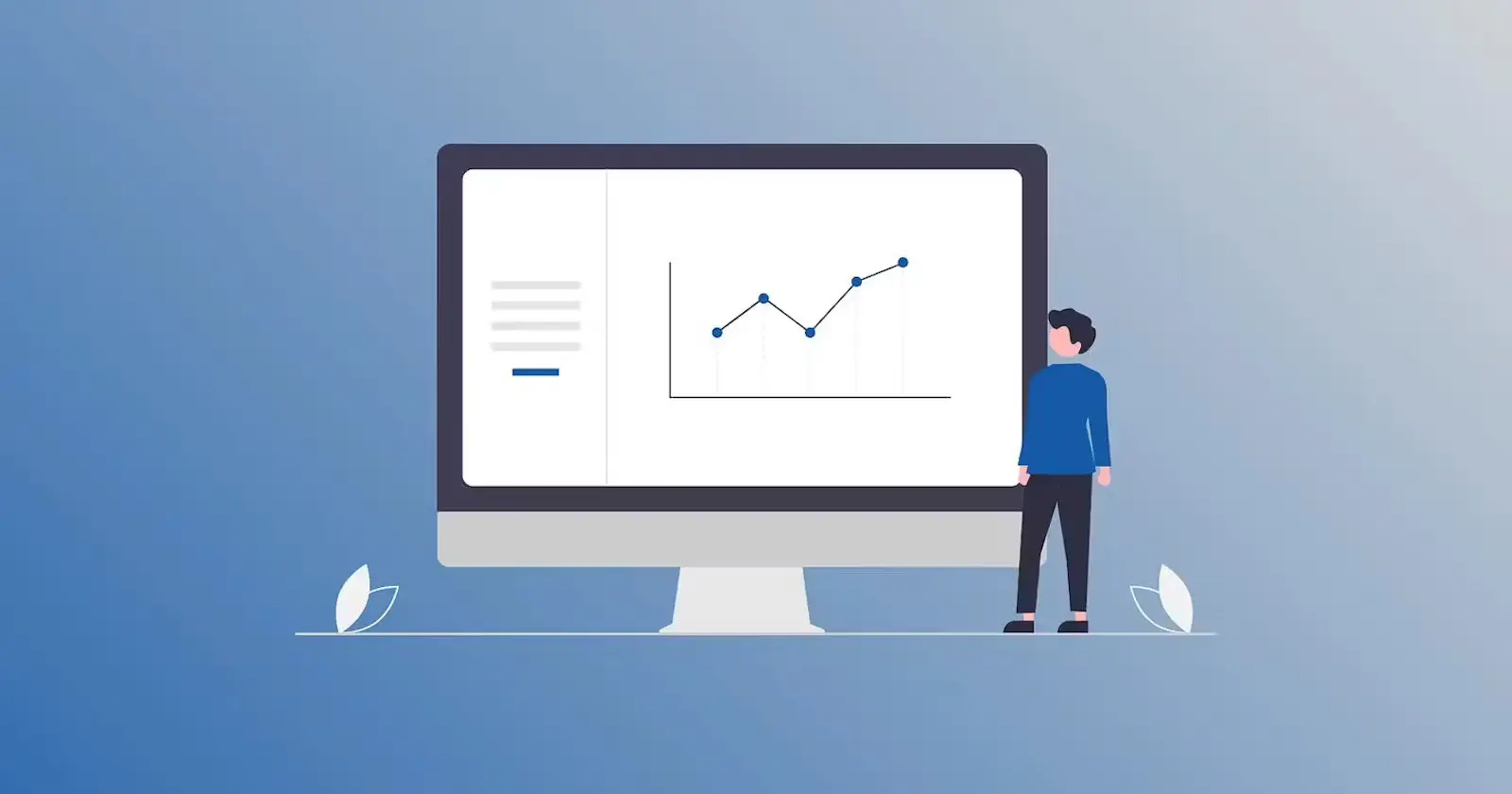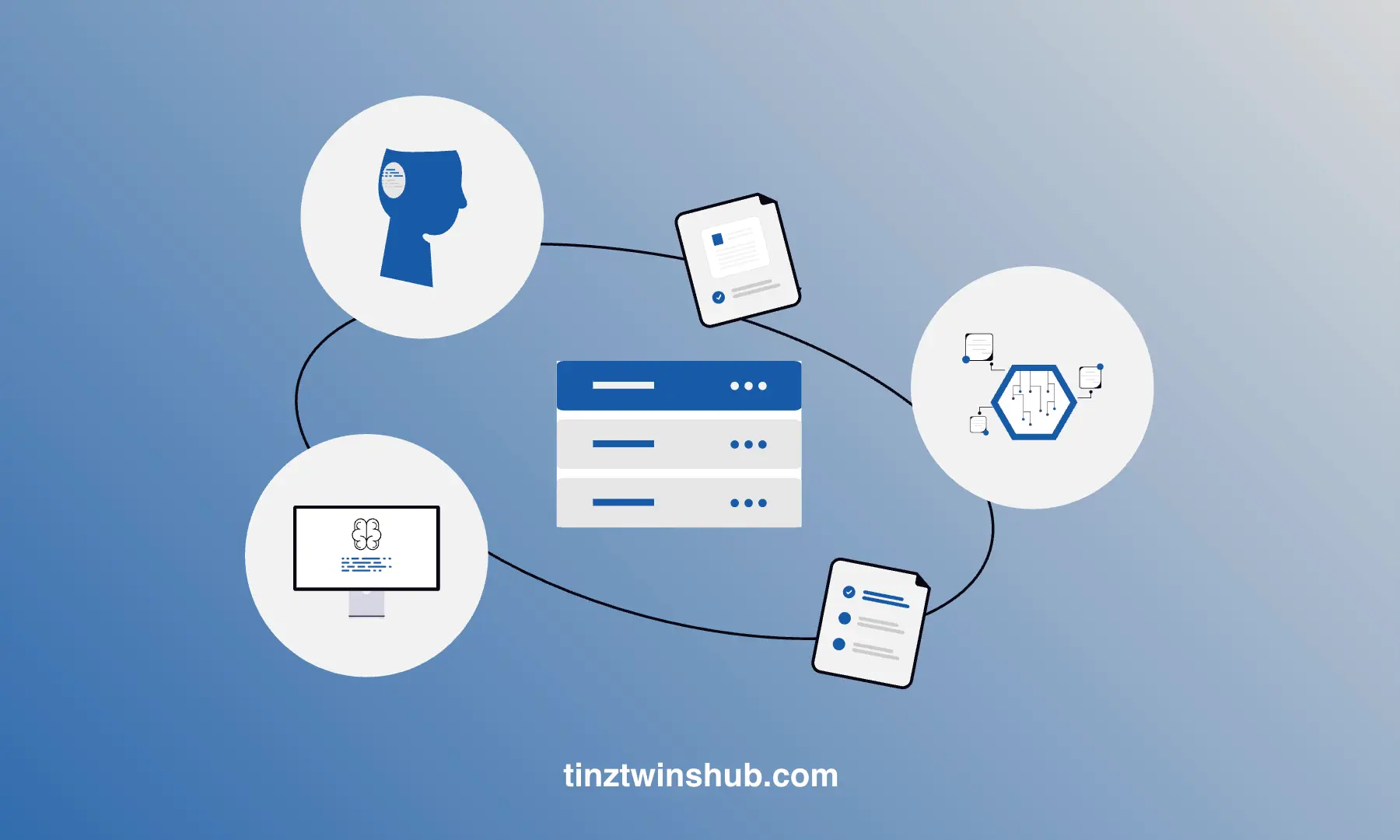A Comprehensive Guide to Building Enterprise-Level Plotly Dash Apps
Data Science projects always need some kind of visualization. For the initial analysis, data scientists usually use Jupyter Notebooks and libraries like matplotlib or seaborn.

In exploratory data analysis, data scientists use histograms, and scatter plots or make statistical evaluations. For the first insights, this approach is very well suited. However, interactive dashboards are more appropriate for presenting the results. Many clients want exactly that! Interactive dashboards are a proven approach to explaining results in an understandable and comprehensible way.
But creating an interactive dashboard is not a trivial task. In our view, Plotly Dash is the best choice for creating impressive diagrams. For a production-ready dashboard application, you must consider further aspects (e.g. deployment with Docker).
In this article, we want to share our best practices for building a well structured dashboard application with Plotly Dash. In addition, we show how to deploy a Dash App cleanly with Docker.
We’ll discuss the following points:
- Why Plotly Dash?
- Advantages
- Disadvantages
- Why Docker?
- Model View Controller Pattern
- Advantages
- Disadvantages
- Best Practices: Project Structure for Dash Apps
- Local Development
- Dockerize the Dash App (Production Environment)
- Conclusion
To read this post you'll need to become a member. Members help us fund our work to ensure we can stick around long-term.




